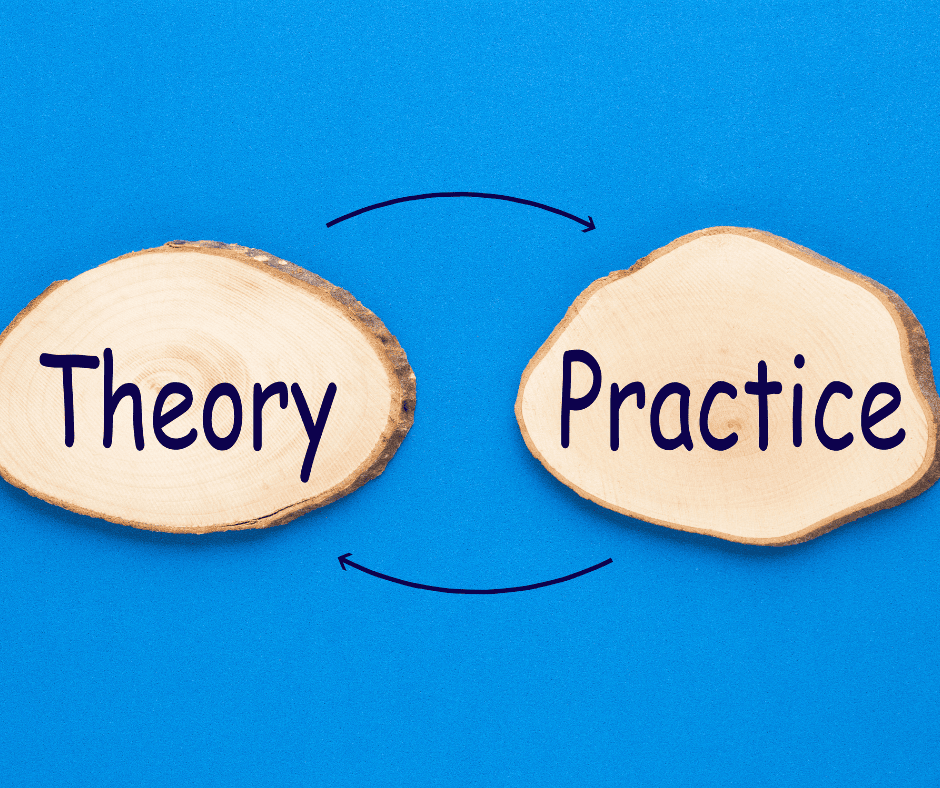Unlocking Deeper Learning: The Transformative Power of Simulations in Education

The role of simulation in facilitating a more profound understanding for students is multifaceted and significant. Simulations provide an interactive learning environment where theoretical knowledge can be applied in practical, often complex, real-world scenarios without consequences. This hands-on approach to learning allows students to engage with content on a deeper level, fostering both comprehension and retention of material.
This post, grounded in recent educational research, delves into the multifaceted benefits of simulations and highlights our commitment to incorporating these methodologies into our writing workshops. Here's how simulations contribute to deeper understanding:

Safe Exploration of Complex Systems
Simulations offer a unique advantage by providing a risk-free platform for students to experiment with various scenarios and outcomes. Clark, Tanner-Smith, and Killingsworth (2016) note the importance of this trial-and-error process in learning, particularly in understanding complex systems and processes without the fear of real-world consequences.
Bridging Theory with Practice

Simulations stand out for their ability to translate abstract theoretical concepts into concrete, practical experiences. Smetana and Bell (2012) emphasize the dynamic nature of simulations in providing students with a hands-on approach to learning. By engaging in virtual environments that mirror real-world scenarios, students can directly observe the application of their theoretical studies, enhancing both comprehension and retention.
Enhancing Engagement
The role of engagement in learning cannot be overstated. Hamari et al. (2016) highlight how game-based learning environments, including simulations, increase motivation and engagement through challenges, feedback, and rewards. This immersive approach encourages students to explore concepts more thoroughly, fostering a deeper understanding of the material.
Developing Critical Thinking & Problem Solving Skills
Their capacity to develop higher-order thinking skills is critical to simulations' educational value. Students are often required to analyze situations, make decisions, and solve problems within simulations, activities that Rutten, van Joolingen, and van der Veen (2012) find crucial for fostering a deeper understanding of complex concepts.

Personalized Learning Experiences
The adaptability of simulations allows for personalized learning experiences, accommodating individual learning styles and speeds. Zheng et al. (2019) discuss how simulations can be tailored to meet the needs of different learners, promoting engagement and understanding by allowing students to explore topics at their own pace.
Immediate Feedback

An essential feature of many simulations is the provision of immediate feedback. This instant response to students' actions and decisions enables a quick grasp of complex concepts and learning from mistakes, a process that is vital for deepening understanding.
Collaboration and Peer Learning
Furthermore, simulations often encourage collaborative learning environments. Wouters et al. (2013) emphasize the benefits of teamwork in simulations, where students can exchange ideas, provide peer feedback, and engage in meaningful discussions, enriching their learning experience with diverse perspectives.


Recognizing the profound impact of simulations on learning, our middle school writing workshops, including those at the Academies of Loudoun and TJ Student Portrait Sheet Writing classes, integrate simulations, games, and multimodal texts. This approach enhances the learning experience and prepares students for the complexities of the modern world by developing critical thinking, creativity, and problem-solving skills.
As we continue to explore and implement these tools in our classes, we are committed to providing our students with the best possible educational journey that prepares them for academic success and lifelong learning.
Bibliography
Clark, D. B., Tanner-Smith, E. E., & Killingsworth, S. S. (2016). Digital games, design, and learning: A systematic review and meta-analysis. Review of Educational Research, 86(1), 79-122.
Hamari, J., Shernoff, D. J., Rowe, E., Coller, B., Asbell-Clarke, J., & Edwards, T. (2016). Challenging games help students learn: An empirical study on engagement, flow, and immersion in game-based learning. Computers in Human Behavior, 54, 170-179.
Rutten, N., van Joolingen, W. R., & van der Veen, J. T. (2012). The learning effects of computer simulations in science education. Computers & Education, 58(1), 136-153.
Smetana, L. K., & Bell, R. L. (2012). Computer simulations to support science instruction and learning: A critical literature review. International Journal of Science Education, 34(9), 1337-1370.
Wouters, P., van Nimwegen, C., van Oostendorp, H., & van der Spek, E. D. (2013). A meta-analysis of the cognitive and motivational effects of serious games. Journal of Educational Psychology, 105(2), 249-265.
Zheng, R., Flygare, J., McMullen, J., Warschauer, M., & Mocarski, R. (2019). The effects of immersive multimedia learning with a presence on middle school students' critical thinking and learning motivation. Educational Technology Research and Development, 67, 617-634.
